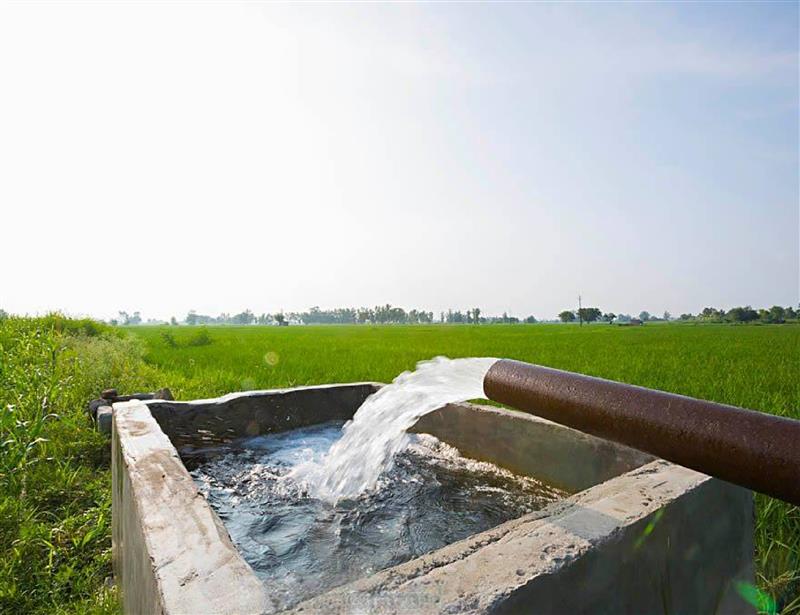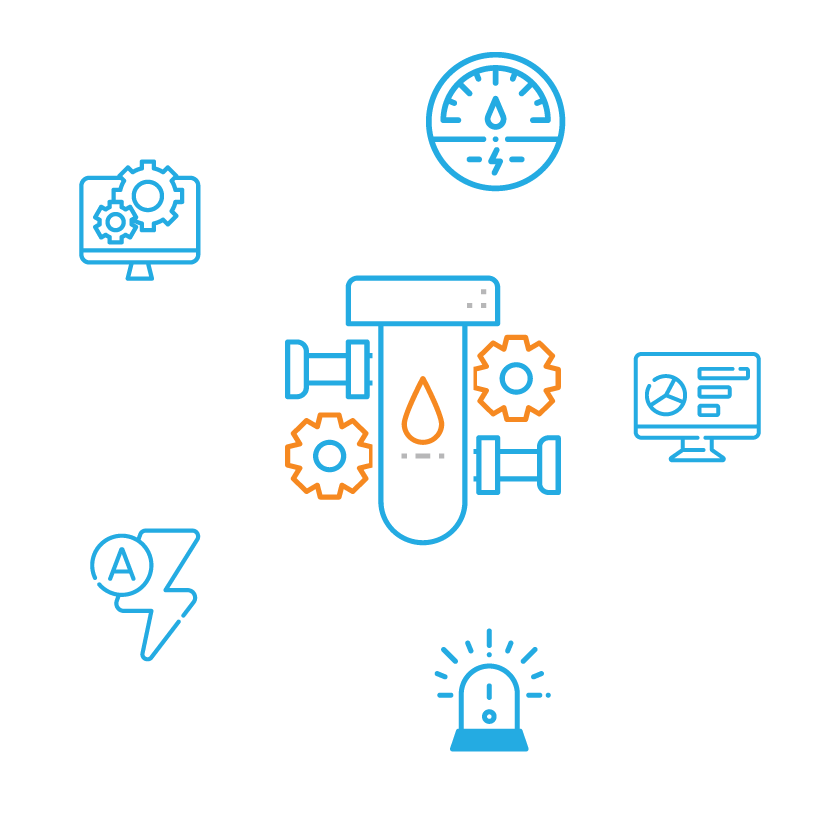Irrigation Control
Automation in drip and micro-irrigation systems is rapidly transforming agriculture by enabling data-driven and resource-efficient
practices. CIMCON’s smart irrigation automation solutions provide water managers with real-time control, precise scheduling, and
IoT-based monitoring to optimize water and nutrient use. Whether managing lift irrigation systems or field-level drip networks, our
platform helps improve crop yield while conserving water, energy, fertilizer, labor, and time supporting sustainable farming through
SCADA-integrated irrigation management.

- Irregular water supply during peak demand
- Water loss due to traditional irrigation methods
- Delays caused by manual field monitoring
- Unavailability of water at the Chak level
- Uneven distribution at the Sub-Chak level
- Absence of tech-enabled systems
- Lack of data-driven decision-making
- Inefficient manual control
- High energy consumption
- No remote monitoring or alert mechanisms
CIMCON’s automated irrigation system requires minimal manual intervention. Almost every system (drip, sprinkler, surface) can be automated with the help of timers, sensors, and other technologies. This system enhances irrigation efficiency, ensures measured watering, and allows workers to focus on other critical farming tasks.
CIMCON solutions




Crop Management System

Irrigation Tube wells






- Automated Gate operation
- Open API for third party System Integration
- Suitable to integrate with weather stations
- Artificial Intelligence based analytics
- Water demand prediction
Make it
Easier
Ensures precise coverage, eliminating concerns of over or under-watering
Use of water from different sources

Saves
Money
Increased efficiency in water and fertilizer use
Helps the
Environment
Preserves water
Increases crop yields
Strong
Foundation
Eliminates major manual operations
Possibility to change frequency of irrigation and optimize processes
System can be operated at night, thus minimizing water loss from evaporation
Irrigation process starts and stops exactly when required, thus optimising energy requirements